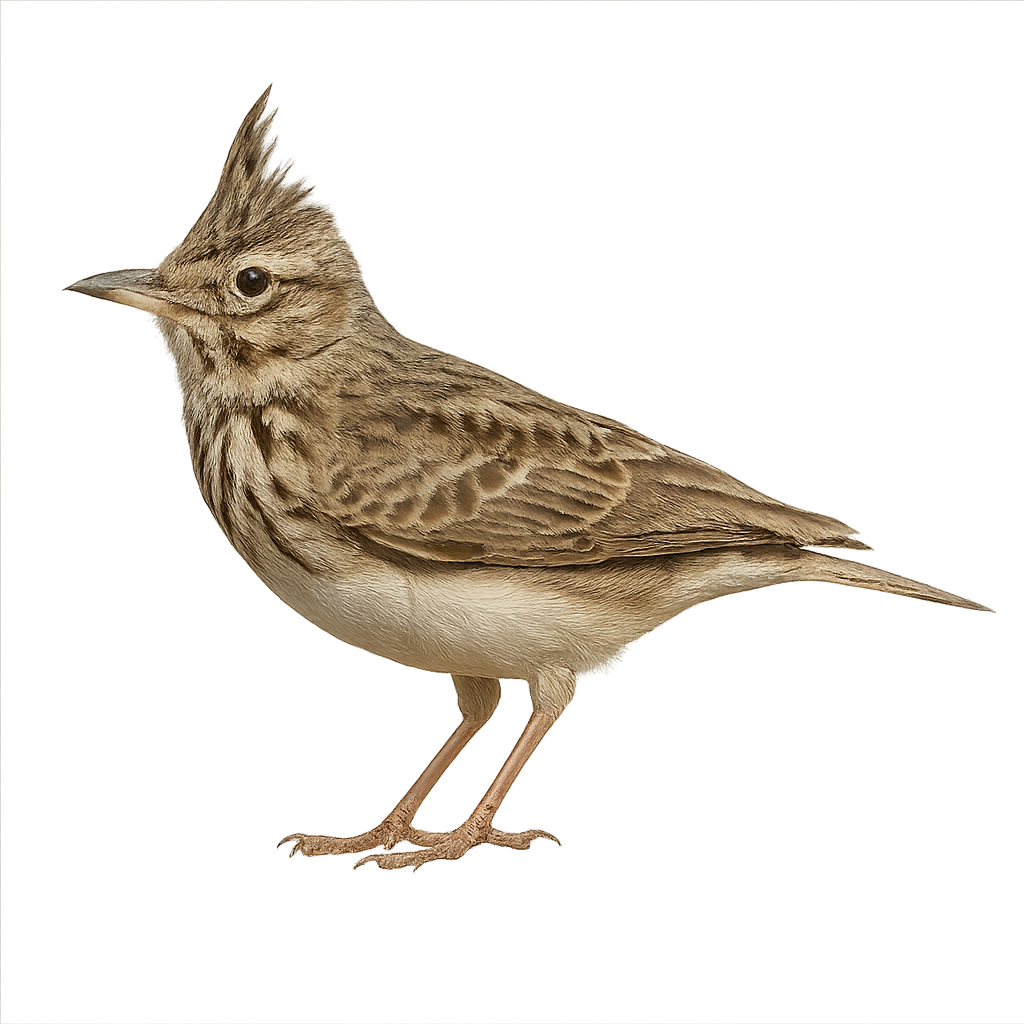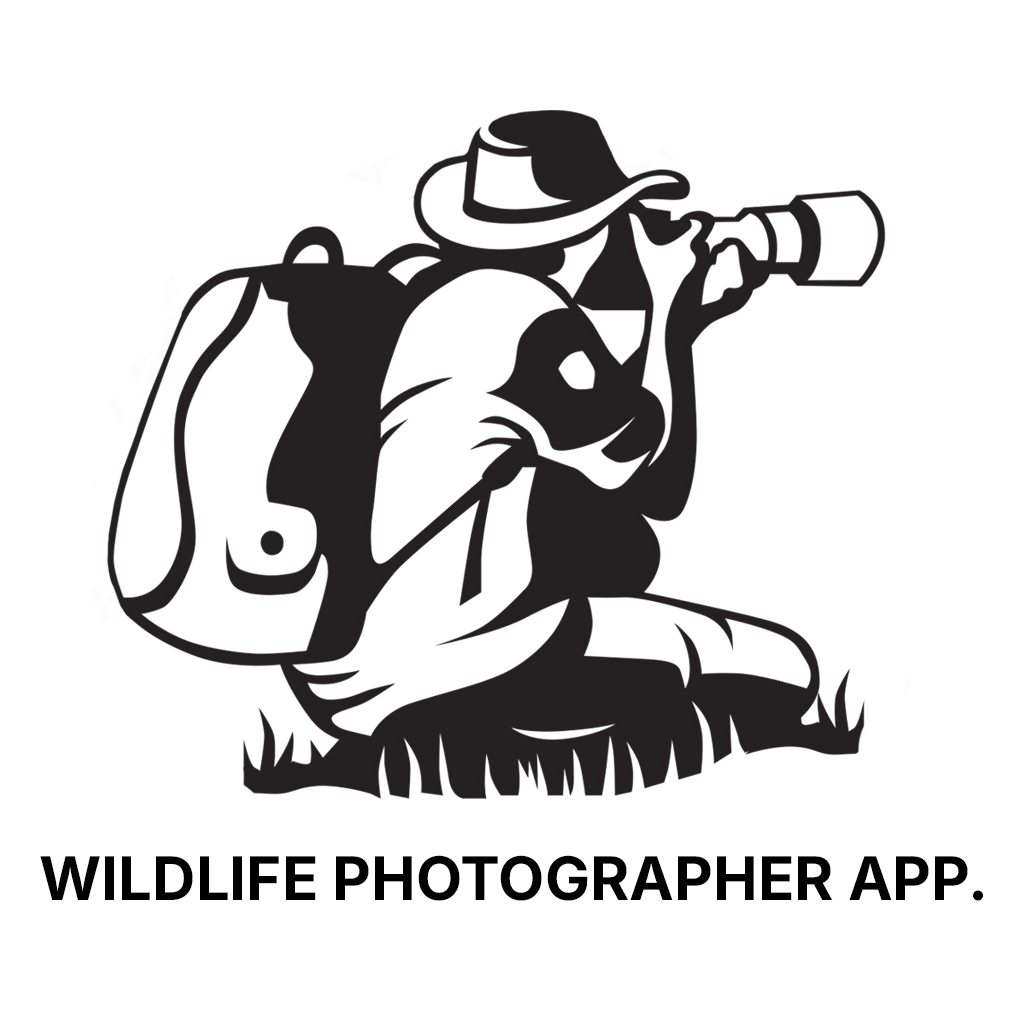Your wildlife photography guide.
Explore the crested lark in detail, study its behavior, prepare your shots.
Where to observe and photograph the crested lark in the wild
Learn where and when to spot the crested lark in the wild, how to identify the species based on distinctive features, and what natural environments it inhabits. The WildlifePhotographer app offers tailored photography tips that reflect the crested lark’s behavior, helping you capture better wildlife images. Explore the full species profile for key information including description, habitat, active periods, and approach techniques.
Crested lark
Scientific name: Galerida cristata

IUCN Status: Least Concern
Family: ALAUDIDAE
Group: Birds
Sensitivity to human approach: Tolerant
Minimum approach distance: 10 m
Courtship display: March to July
Incubation: 12-14 jours
Hatchings: March to July
Habitat:
Open farmland, steppes and embankments
Activity period :
Primarily active during the day, with peak activity in the morning and late afternoon.
Identification and description:
The crested lark is a small passerine, 16–18 cm long, with streaked brown plumage and an erectile crest. It inhabits open farmland, steppes, and embankments, often near human settlements across Europe, North Africa, and Western Asia. It feeds mainly on insects and seeds, walking and hopping on the ground. During the breeding season, the male performs a song flight over its territory, uttering a sharp trill while fluttering its wings before landing to attract the female.
Recommended lens:
300 mm – adjust based on distance, desired framing (portrait or habitat), and approach conditions.
Photography tips:
Photograph the crested lark at dawn or dusk, using at least a 300 mm telephoto lens to isolate the crest and capture plumage details. Position yourself low to the ground and move slowly to avoid startling it.
The WildlifePhotographer App is coming soon!
Be the first to explore the best nature spots, track rutting seasons, log your observations, and observe more wildlife.
Already 1 450 wildlife lovers subscribed worldwide

